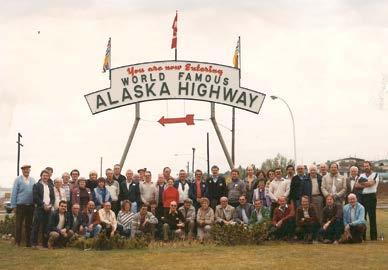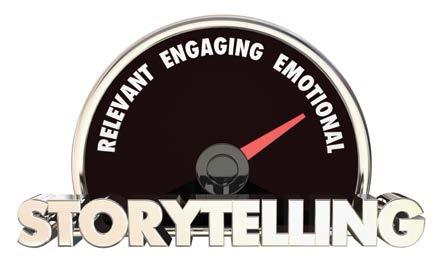COMMUNICATING Peter and Anne-Marie Brimacombe
Communicating Through the Power of Music
S
Photo taken before COVID-19.
everely traumatized at a tender age, he withdrew from the world.
He would eat, sleep, and follow some direction, but for years no words passed his lips. Words of encouragement from others and hugs of consolation failed to penetrate the solid armour he wore. Some closest to him began to lose hope of his ever returning to himself and to them. Then one day, quite by chance, he heard a woman sing a song and his armour cracked. It was a song he’d experienced early in life in a
32
TABLE OF CONTENTS
Music cannot “wake the dead,” but so often it can wake what has seemingly died within us. joyful moment—before the trauma. His tears started to flow, followed by syllables and vowels then words. The long-awaited miracle occurred. He was coming back. Many of us know inherently that there is great power in music. Those working in music therapy have the honour of seeing little miracles occur through music often, and even some major miracles on very special days. BC Notaries Association
Music cannot “wake the dead,” but so often it can wake what has seemingly died within us. We are musicians, not music therapists, but we understand that the power and effect of music in itself is miraculous. It can bypass the mind and go straight to the heart. The ways and means to communicate through music are exponential— perhaps infinite. Each of its elements, including melody, harmony, rhythm, tempo, instrumentation, and dynamic expression, can be used in a multitude of ways. They can then be combined together in other myriad ways and styles, enabling us to Volume 29 Number 4 Winter 2020




























